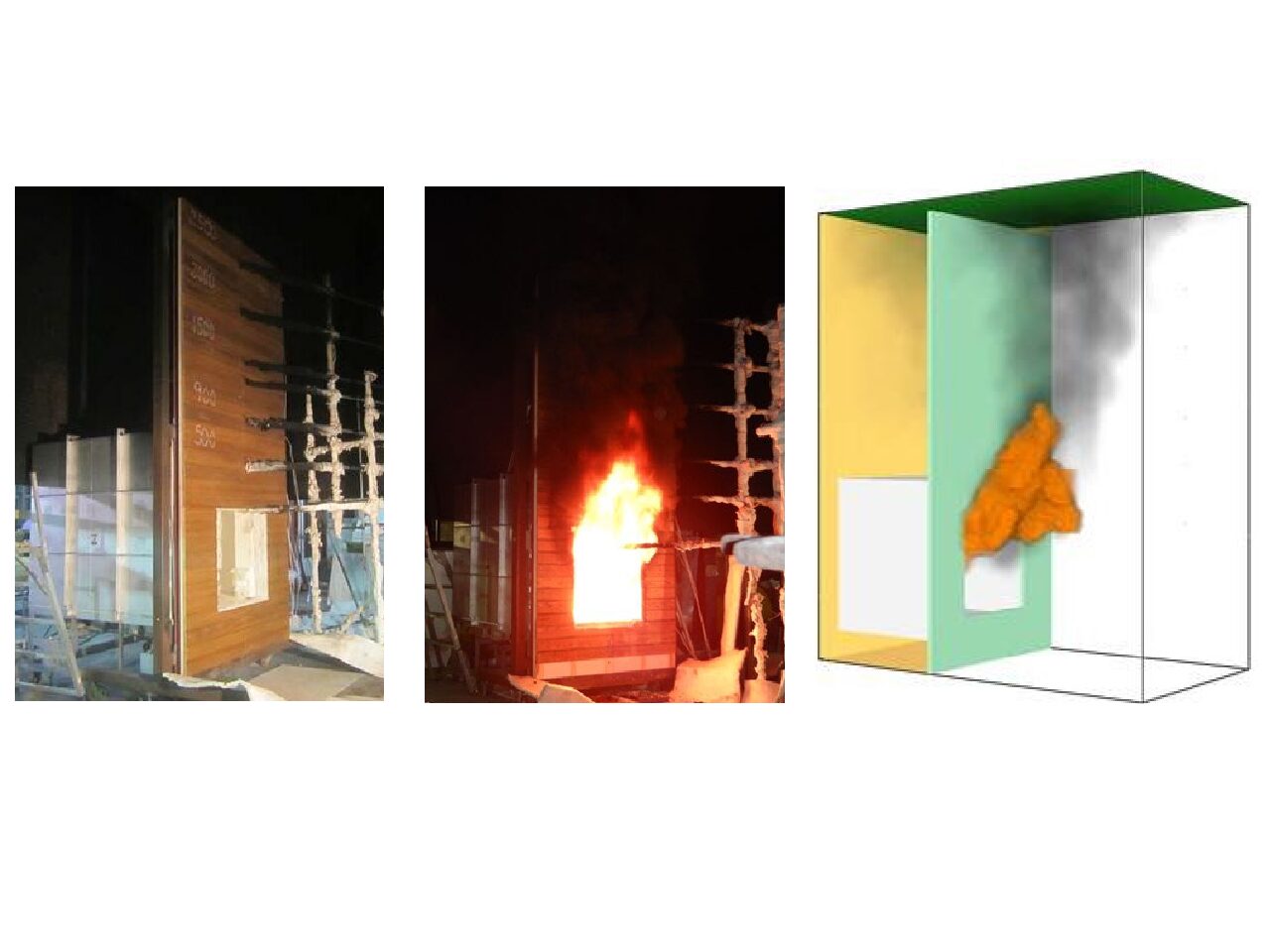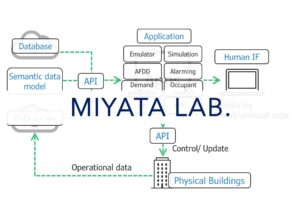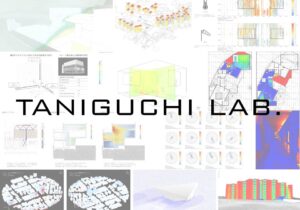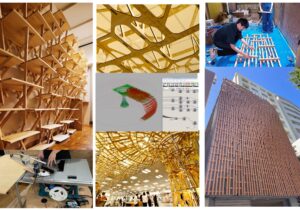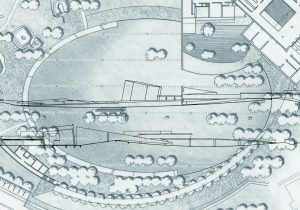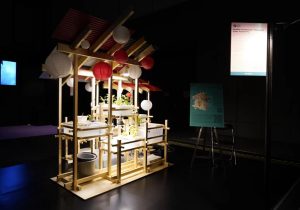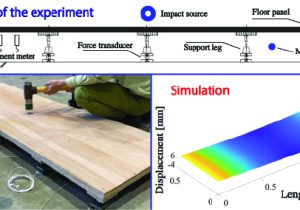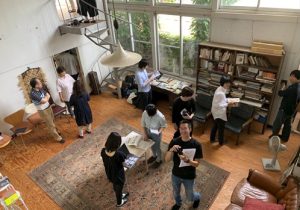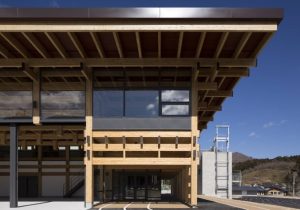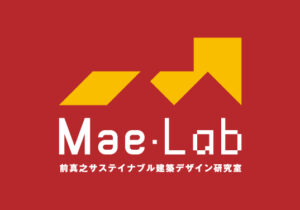海野研究室 UNNO Lab.
これまで紡がれてきた歴史を探究し
これから生きて活用していく方法を構築する
日本を中心とする東アジアの木造建築技術史を主な対象に、その設計理念・社会背景・造営体制と儀式にも及んで読み解き、更に建築がどのように維持してきたのか即ち建築メンテナンスの歴史を解き明かしつつ、文化遺産の保存・継承に関する枠組みを構築することをテーマとして扱う研究室です。時代としては、原始から近世を中心としますが、木造であれば近代も射程に入りますし、国は問いません。
建築学と歴史学の両方に跨る建築史は、文献史・考古学・美術史・歴史地理学・民俗学など様々な隣接分野とも大きな関わりを持ち、総合的な学問領域といえるため、多分野との共同作業・共同研究も多く行っています。学生の研究テーマとしては、研究室のテーマに限らず、個々人の学術的関心に応じて自由に選択・探究していきます。
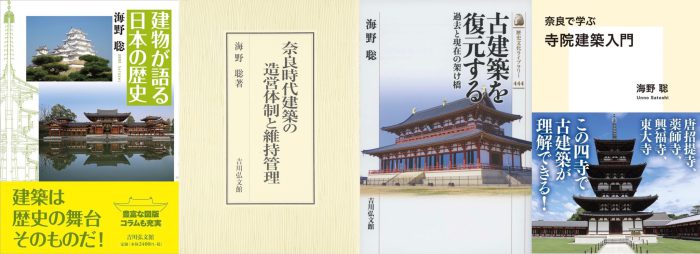
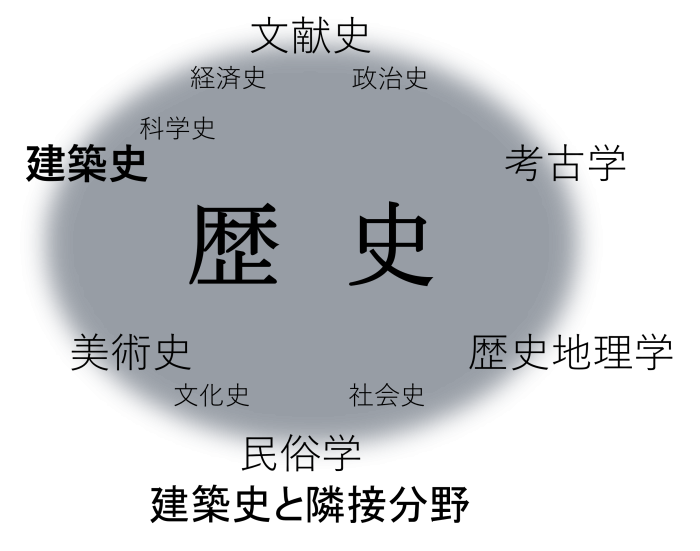
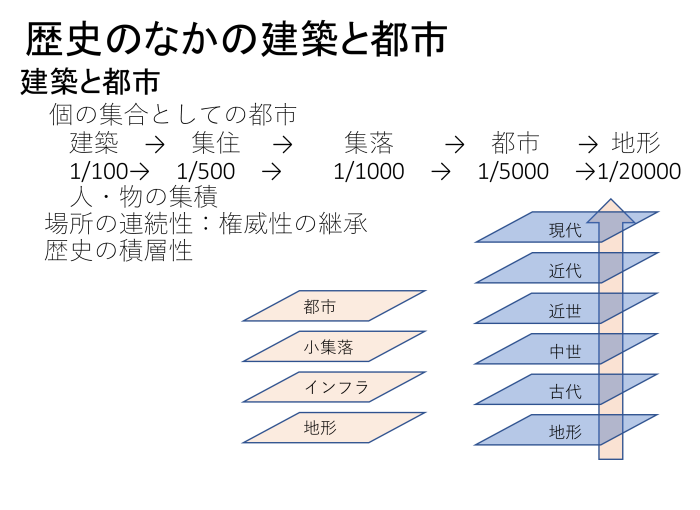
研究室の主な活動としては、大学院ゼミ、史料読む会、中国・古代建築研究会、そして加藤研と合同で行われる月例研は、それぞれ月に1回、ほぼ通年で行っています。即ち、毎週ゼミということになります。
史料読む会は、古文献・大工技術書・古図面・名所図会などを通して、建築情報・建築思想・工匠組織・大工技術・都市形態などを解読する研究会です。最近では、中井家文書という江戸時代を通して幕府の京都大工頭を世襲した工匠家の文献・絵図史料などについて検討しており、冬には東京大学史料編纂所と連携して京都府立京都学歴彩館で国際研究集会を行い、研究の進捗と成果を報告しています。
中国・古代建築研究会で、留学生は中国語の研究材料を日本語訳して、日本人は日本の古代建築の修理報告書を読み解いて、両者を比較することで、国際的な東アジア建築史の構築を試みます。
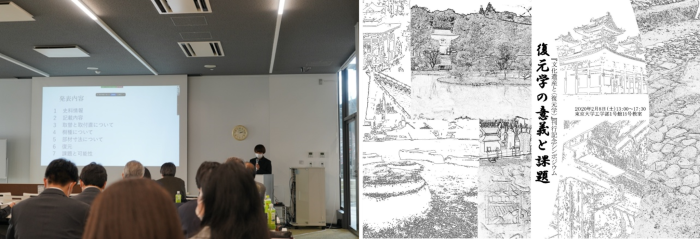
通年で行う研究活動では、フィールドを中心に楽しく研究をしていくことを目指しているため、随時、現地調査とゼミ旅行を挟んでいます。
現地調査は、文化財の保存や活用と、調査方法や資料作成の能力を身につけることを目的のひとつとしています。基本的に国内の町並み・単体建物などの歴史的建造物について、現状実測・文献調査・価値評価・報告書作成を中心に行っていますが、時々活用方法についても検討してきます。
ゼミ旅行とは、毎年9月や10月に、1~2つの都市を中心に歴史的建造物・街並み・修理現場・遺跡などを見学することです。
それ以外にも、中国山西省建造物調査・韓国ソウルと安城市建造物調査など海外調査は不定期に行っており、学生が知見を広げるために、同行することもあります。

文化財や古建築に関する専門職をはじめとし、様々な活躍の場があります。例をあげると、イメージしやすいものでは、文化財建造物の保存・活用のために、文化庁や地方自治体などで文化財保護担当者として貢献している人の多くは日本建築史の専門家です。また、文化財の修理のために、文化財建造物保存技術協会や京都・奈良滋賀などの教育委員会などで修理現場を組織する修理技術者を務めます。このほか、文化財の研究のために、国立文化財機構などの研究所・博物館・大学などで学芸員・教職員を務めます。更に、日本の文化財修理の方法・理念を使って、JICAのような国際機関で、海外で文化遺産の保存協力に関与することもあります。
これに加えて、得られた知識を持って、和風建築の設計などに取り組んでいる建築士・コンサルタントなども多く存在しています。
詳細は研究室HP: 海野聡研究室(日本建築史・文化財)
研究主宰者:海野 聡
Exploring the history that has been accumulated so far
and construct a way to live and utilize it from now on
The research focus of UNNO laboratory is the history of wood architecture technology in East Asia centered on Japan. Relevant academic exploration also involves the interpretation of architectural design concepts, social backgrounds, construction systems and rituals. Meanwhile, we also attempt to explain how the architecture is preserved to the present, namely the maintenance history, and pay attention to the framework related to the preservation and inheritance of cultural heritage. As for the time period, our focus is from primitive time to late middle ages, but early modern times are also within our concern as long as the objects are made of wood, and the origin of the object won’t matter.
Architectural history, which straddles both architecture and history, has essential connections with various adjacent fields such as literature history, archeology, art history, historical geography, and folklore. It can be seen as a comprehensive academic field. Therefore, we also do a lot of collaborative work and research with multidisciplinary realms. Students’ research themes are not limited to the laboratory themes. They are free to choose and explore according to their own academic concerns.



Research activities of the laboratory include the Graduate School Seminar, the Historical Materials Reading Group, the China / Ancient Architecture Research Group, and the Monthly Seminar held jointly with Kato Lab. All of these activities are monthly held throughout the whole academic year, which means there is a seminar every week.
The Historical Materials Reading Group is a study group that deciphers architectural information, architectural ideas, craftsmanship organizations, carpentry techniques, urban forms through like ancient literature, carpentry technical books, old drawings, and Meishozue. Recently, we are examining the Nakaike Document, which are documents and drawings materials of an artisan family who kept to the position of Kyoto carpenter’s head in the Shogunate throughout the Edo period. In the winter, there’s an annual international research meeting at the Kyoto Institute of Library and Archives in collaboration with the Historiographical Institute of the University of Tokyo to report on the progress and results of our research.
At the China / Ancient Architecture Research Group, international students translate Chinese research materials into Japanese, while Japanese students read and interpret repair reports on Japanese ancient architecture. By comparing materials of both countries, we attempt to create an international history structure of East Asian architecture.

In order to enjoy field-based research during our year-round research activities, we intersperse field surveys and seminar trips as needed.
The purpose of the field survey is to preserve and utilize cultural properties and to acquire investigation methods and documentation skills. Basically, we focus on historical buildings such as streetscapes and stand-alone buildings in Japan, conducting actual measurement of current conditions, literature research, value evaluation, and report writing etc., and sometimes we also discuss how to utilize them.
Focusing on one or two cities, the seminar trip is to visit historical buildings, townscapes, repair sites, ruins, etc. there in September or October every year.
In addition, overseas surveys are conducted irregularly, such as the survey of buildings in Shanxi Province, China, and the survey of buildings in Seoul and Anseong City, South Korea. For widening knowledge, students will have the opportunity to participate too.

Talking about specialized occupations related to cultural properties and ancient architecture, there are a variety of possible career paths for graduates. To give an example that is easy to imagine, many of those who contribute to the preservation and utilization of cultural property buildings as cultural property protection officers at the Agency for Cultural Affairs and local governments are experts in the history of Japanese architecture. In addition, for the repair of cultural properties, we can serve as repair technicians who organize repair sites at the Japanese Association for Conservation of Architectural Monuments and the boards of education of Kyoto, Nara, Shiga and other cities. We can also serve as curators and faculty members at universities, museums, and research institutes such as the National Institutes for Cultural Heritage, for the purpose of research on cultural properties.
Moreover, we may be involved in cooperation for the conservation of cultural heritage overseas in international organizations such as JICA, using methods and principles of Japanese cultural heritage repair.
Furthermore, there are many architects and consultants who use the knowledge they have gained to design Japanese-style architecture.
For more detail: UNNO Lab.
Principal Investigator: Satoshi Unno
